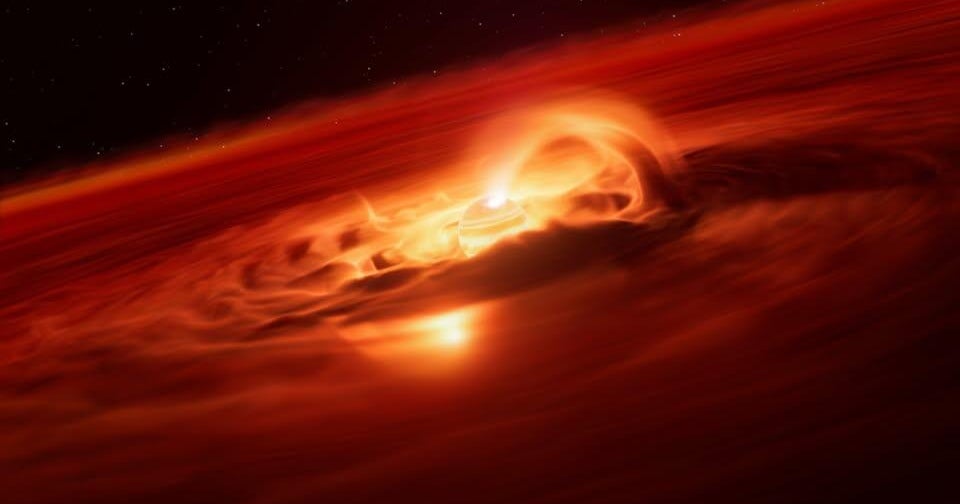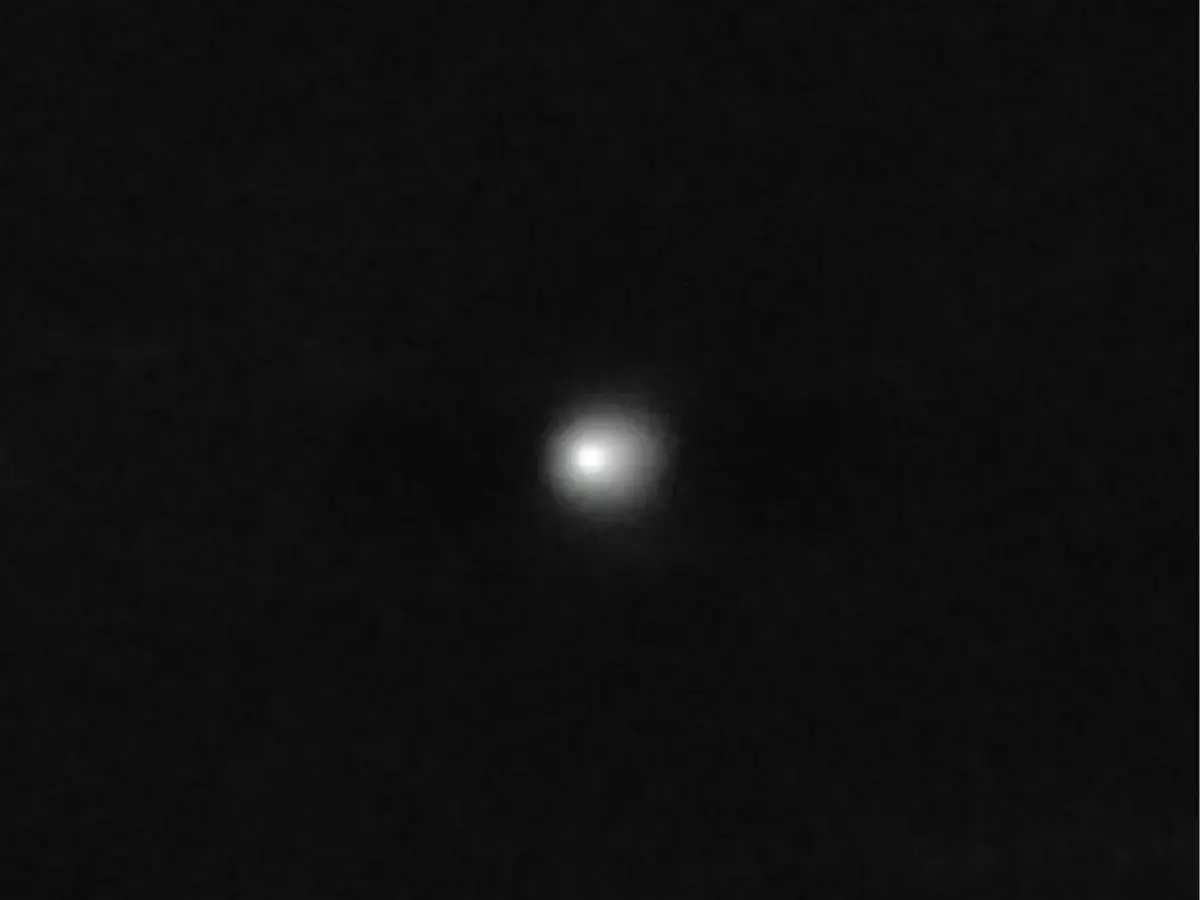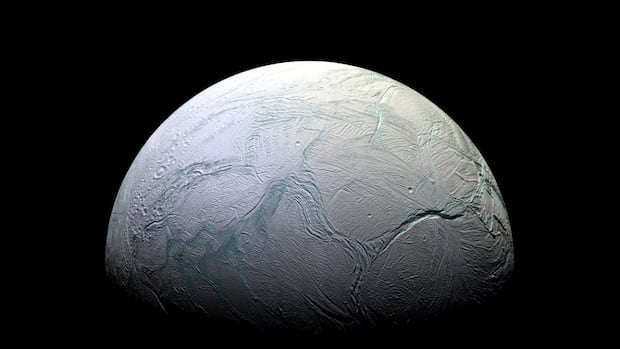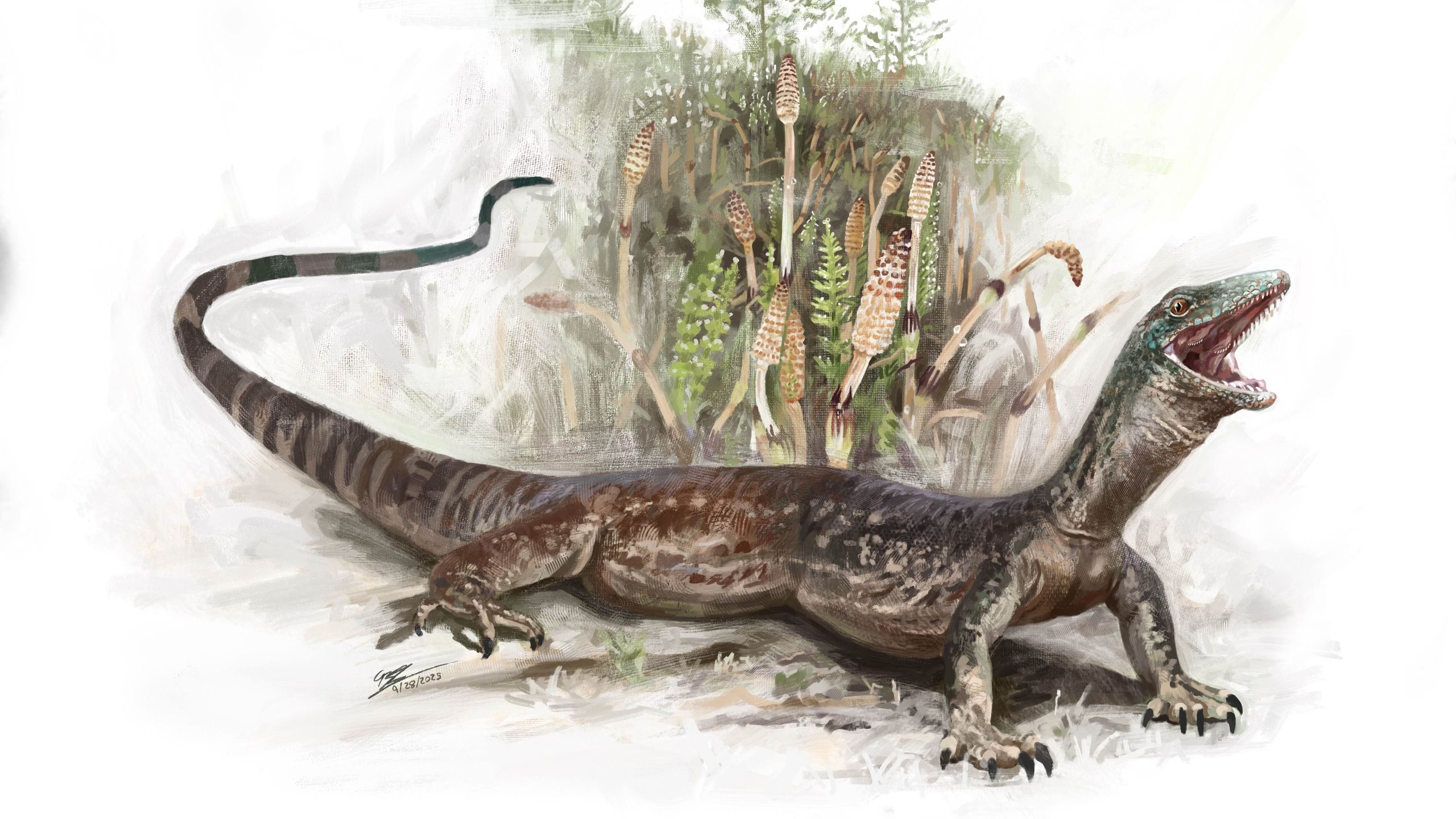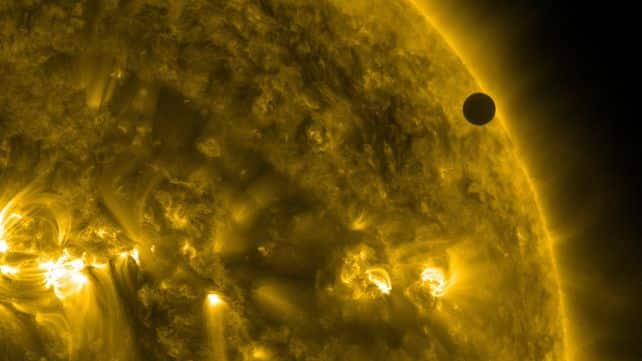Unbelievable Discovery: Saturn's Moon Enceladus Could Host Life!

Imagine a world where life might exist, hidden beneath layers of ice on a moon orbiting Saturn. It's not science fiction; it's the exciting reality unfolding thanks to NASA's Cassini spacecraft, which has revealed astonishing new findings about Enceladus!
Recent analyses of data collected during Cassini's close flyby of Enceladus in 2008 have unveiled fresh evidence that this icy moon could harbor life. Researchers dove back into the treasure trove of information, focusing on the geyser-like jets of ice grains that erupt from Enceladus's subsurface ocean, and what they found could change our understanding of life beyond Earth.
The study, published in Nature Astronomy, highlights the identification of new classes of organic molecules in addition to those previously detected, including precursors to amino acids—the very building blocks of proteins. Nozair Khawaja, a planetary scientist from Freie Universität Berlin and the study’s lead author, shared, “We have found several categories of organic molecules that span a range of structures and chemical properties.” These molecules could play pivotal roles in forming more complex compounds vital for life.
However, it’s essential to temper excitement; while these discoveries suggest the potential for life, Khawaja noted that such molecules can be generated without any biological processes. So, while Enceladus is a hot candidate for habitability, we’re not yet knocking on the doors of extraterrestrial beings.
Enceladus has long captivated scientists as one of the solar system’s top contenders in the search for life. With a diameter of 313 miles, this moon orbits Saturn about 148,000 miles away. Beneath its ice crust, which is about 12-19 miles thick, lies a subsurface ocean rich in the chemical ingredients necessary for life.
Crucially, scientists believe that hydrothermal vents in this ocean release hot, mineral-laden water, similar to environments where Earth's earliest life forms may have emerged. “We did not find life on Enceladus, nor any biosignatures,” Khawaja cautioned, reminding us that while data from the Cassini mission is valuable, it was collected using technology from decades ago.
Even so, he emphasizes the presence of all three pillars of habitability: liquid water, energy sources, and essential organic elements. The European Space Agency has future missions planned to further explore Enceladus, which Khawaja advocates as the prime target for investigating habitability in our solar system.
With such groundbreaking findings, the Cassini mission continues to shape our understanding of life beyond Earth and brings us one step closer to answering the age-old question: Are we alone in the universe?




